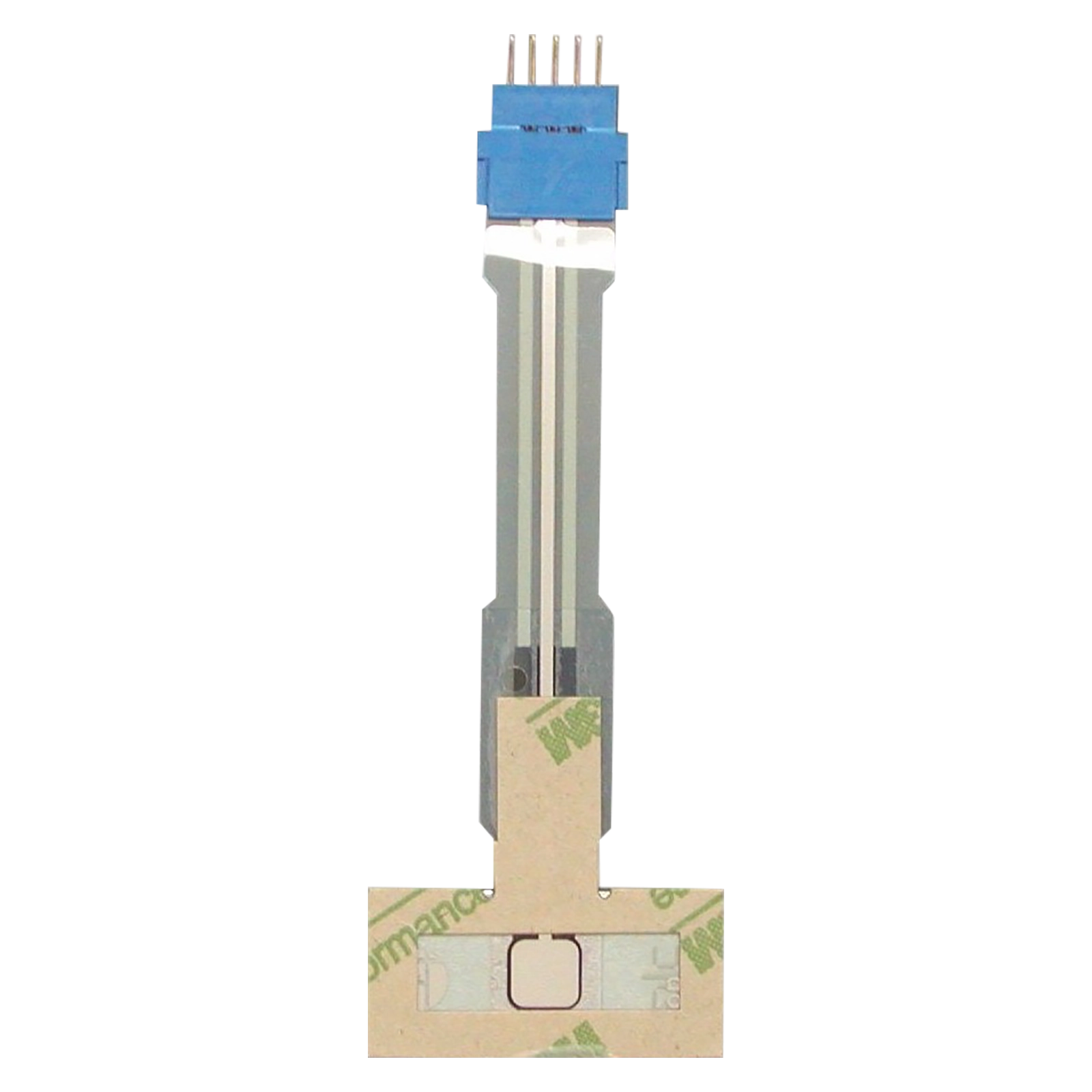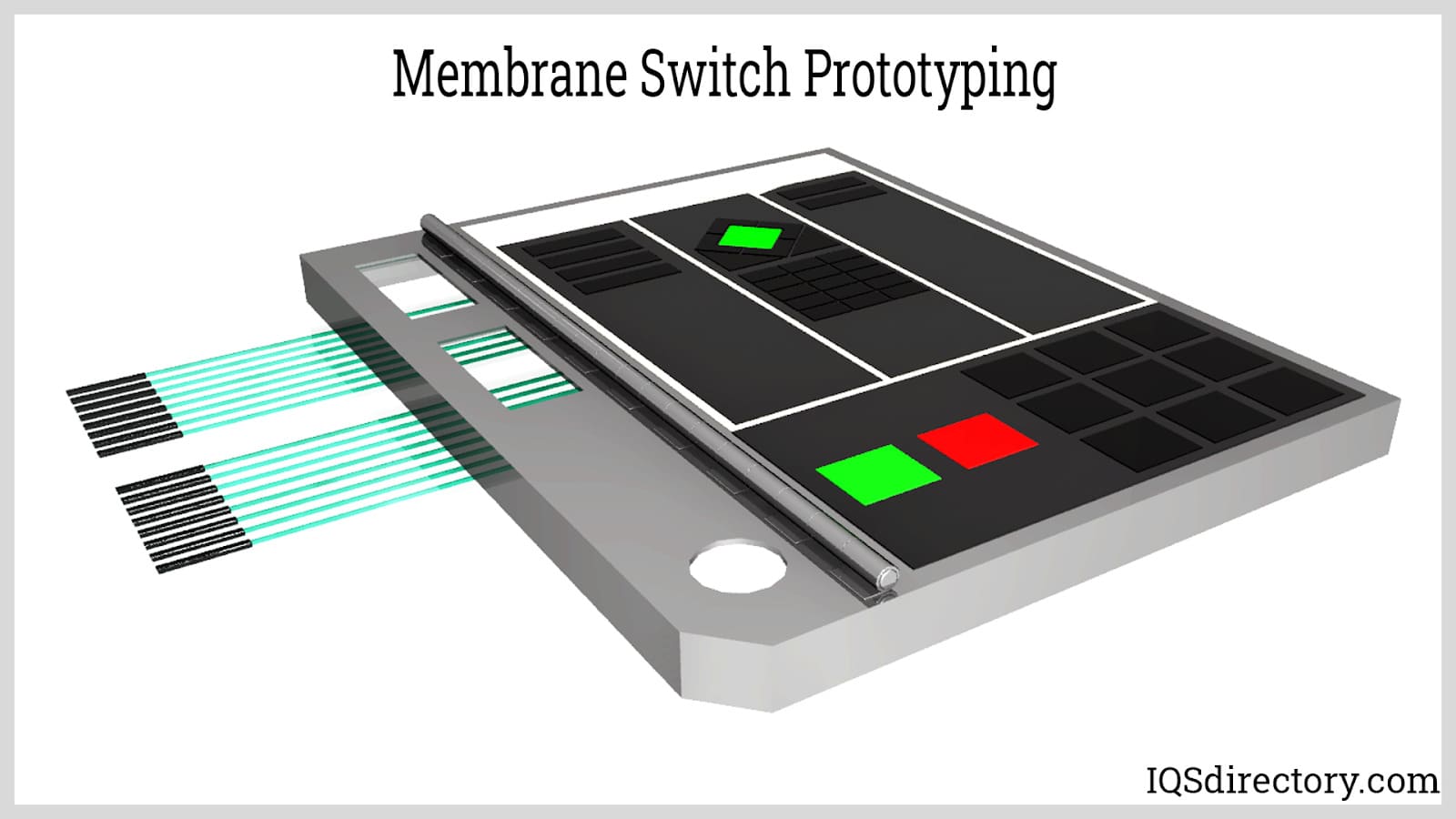Membrane Layer Switch Over Modern Technology: The Key to Trustworthy and Economical Interfaces
Membrane layer switch technology has become an essential part in the style of interface, giving both integrity and cost-effectiveness across a diverse series of applications. Its robust building guarantees resistance to ecological difficulties, while the versatility in layout allows for tailored solutions that fulfill details market needs. As we explore the multifaceted advantages of membrane buttons, their potential for technology increases inquiries regarding future applications and evolving fads. What does the next phase hold for this innovation in a progressively electronic landscape?
Recognizing Membrane Change Modern Technology
Membrane button innovation is an extensively made use of interface solution in different digital devices, offering a smooth mix of capability and style. This innovation integrates several layers of materials, typically containing a visuals overlay, spacer layer, and a circuit layer. The graphic overlay displays the user interface aspects, while the spacer layer divides the circuit layer from the overlay up until a user turns on a button.
When stress is used to the overlay, the circuit layer finishes the electric circuit, sending out a signal to the device. This system allows for numerous arrangements, consisting of responsive comments and backlighting choices, improving customer communication. Membrane layer buttons are commonly manufactured making use of durable materials such as polyester or polycarbonate, making sure long life and resistance to environmental factors like dampness and dust.
The flexibility of membrane changes enables their application in diverse markets, including clinical devices, consumer electronic devices, and industrial controls. Their small style permits for combination into space-constrained environments, offering a reliable individual interface without jeopardizing aesthetic appeal. Recognizing the details of membrane layer switch modern technology is important for makers and designers seeking to create reputable and effective human-machine interfaces.
Trick Benefits of Membrane Layer Switches
While various user interface remedies exist, membrane switches offer distinct advantages that make them a preferred option in various applications. Among the primary benefits is their longevity; membrane layer buttons are designed to hold up against severe ecological conditions, including dampness, dirt, and temperature changes, guaranteeing lasting performance. This durability significantly minimizes the requirement for frequent substitutes, thereby decreasing overall maintenance prices.

Moreover, membrane buttons are light-weight and compact, making them ideal for applications where space is restricted. Their inconspicuous layout adds to a sleek appearance without jeopardizing functionality.
Cost-effectiveness is likewise a noteworthy benefit, as the manufacturing procedure for membrane layer switches has a tendency to be more economical Recommended Reading compared to standard mechanical buttons. This affordability, incorporated with their reliability and ease of setup, settings membrane layer switches over as a useful option for a wide variety of industries looking for reliable and reliable customer interfaces.
Applications Throughout Different Industries
How do membrane switches adapt to the diverse demands of numerous sectors? Membrane switch modern technology is progressively acknowledged for its versatility, making it ideal for a large array of applications throughout several sectors. In the clinical area, membrane layer buttons are utilized in diagnostic devices and client monitoring devices, where their durability and simplicity of cleaning are important for maintaining hygiene requirements. The vehicle industry employs these switches in control panels and control board, using a streamlined visual while making certain user-friendly procedure.
In consumer electronics, membrane layer switches provide a compact solution for push-button controls and home devices, enhancing user experience with user-friendly design. Furthermore, the commercial industry leverages membrane buttons for equipment control panels, profiting from their resistance to extreme environments, such as wetness and dust.
Armed forces and aerospace applications also use membrane buttons for their integrity and capacity to withstand extreme conditions, guaranteeing functional efficiency in essential situations. Moreover, the food and drink industry embraces these switches for automated systems, where hygiene and simplicity of procedure are critical. Ultimately, membrane layer buttons are tailored to satisfy the one-of-a-kind demands of each market, confirming their essential duty in modern-day technology interfaces
Style and Customization Alternatives

In the realm of membrane switch technology, layout and customization options play a crucial Read Full Report role in enhancing performance and individual communication. These switches can be tailored to meet specific functional demands and aesthetic choices, making them functional components in different applications.
Among the key modification alternatives is the layout of the switch itself, which can be made to suit unique interface and ergonomic considerations. By changing the form, dimension, and arrangement of switches, suppliers can produce intuitive styles that promote simplicity of use. Furthermore, the unification of different colors and visuals overlays enables for branding and enhanced presence, guaranteeing that individuals can swiftly identify functions.
Moreover, membrane switches can be engineered with numerous tactile responses mechanisms, such as raised switches or audible clicks, to boost the customer experience. Different products can likewise be picked for resilience and environmental resistance, dealing with elements such as moisture, temperature changes, and chemical direct exposure.
Eventually, the comprehensive design and personalization choices available in membrane layer button technology empower companies to produce tailored services that not just meet functional requirements but likewise straighten with their branding and operational needs.

Future Trends in Membrane Layer Buttons
As membrane button technology remains to evolve, future fads are significantly concentrated on boosting customer experience and incorporating innovative functionalities. One substantial fad is the combination of touch-sensitive and capacitive innovations right into standard membrane layer switches. This development permits even more user-friendly individual interfaces, supplying responsive comments while maintaining a smooth style.
One more emerging trend is using eco-friendly products, driven by the growing demand for sustainable production methods. Producers are seeking to decrease their carbon footprint by making use of recyclable substrates and low-impact inks, lining up with international sustainability objectives.
Moreover, the increase of the Web of Things (IoT) is prompting the incorporation of smart functions right into membrane buttons. Improved connectivity alternatives will certainly allow tools to connect with each various other, permitting smooth assimilation right into wider systems.
Additionally, improvements in printing modern technologies, such as electronic printing, are permitting for greater design versatility and modification. This enables manufacturers to create complex styles and vibrant colors cost-effectively.

Final Thought
Finally, membrane button innovation stands for an essential innovation in individual interface design, offering significant advantages in longevity, personalization, and cost-effectiveness. Its prevalent applicability across varied markets emphasizes its relevance in modern innovation. As improvements remain to emerge, particularly in touch-sensitive interfaces and lasting products, the capacity for membrane switches to enhance user pop over to this web-site experience and functionality stays appealing. Proceeded expedition of this technology will likely produce better enhancements and widen its range in future applications.